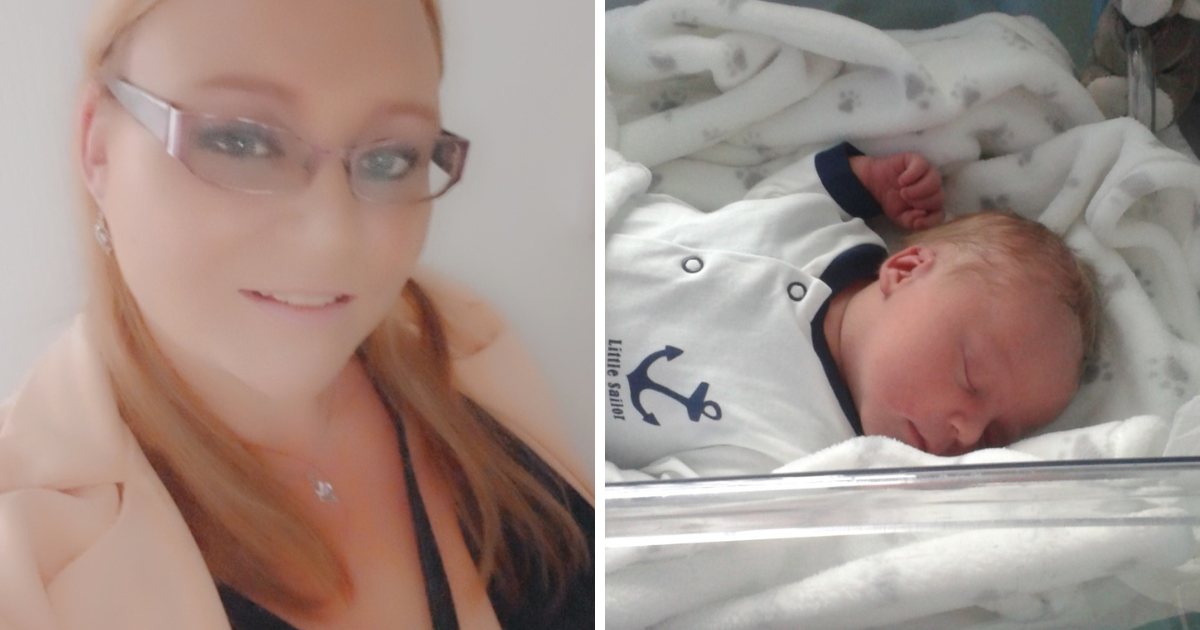UHNM exceeds national average in mechanical stroke thrombectomy outcomes
University Hospitals of North Midlands NHS Trust (UHNM) has confirmed its place at the forefront of pioneering revolutionary mechanical thrombectomy with almost five times the national average number of patients leaving hospital with no stroke symptoms, latest figures reveal.
Royal Stoke University Hospital was one of the first UK site to have a dedicated 24/7 team to provide specialist care and treatment for patients who have a potentially life-changing stroke.
The procedure involves carefully removing blood clots from deep within the brain, using a three foot-long wire. A stent at the end of the wire envelopes the clot and pulls it out, allowing blood to flow freely to the brain. This procedure is most effective when performed within six to 24 hours after stroke symptoms begin, with earlier interventions leading to better outcomes.
Although this treatment isn't available to all stroke patients, it has proved to be life-changing for many. Patients with the most severe strokes previously had a mortality risk of 50%, whereas this treatment has a direct impact on the patient population reducing mortality to 14%, one of the lowest for such severe strokes in the UK.
Ten per cent of Stroke admissions are eligible to be treated by Mechanical Thrombectomy in the UK. UHNM treats 12.8 per cent of stroke admissions with thrombectomy, which is four times higher than the national average of 3.3 per cent in England and successfully meets the national target by treating all thrombectomy-eligible stroke patients admitted directly to their facility.
UHNM Consultant Interventional Neuroradiologist Dr Sanjeev Nayak said: "We were the first hospital in the UK to provide a 24/7 mechanical thrombectomy service and UHNM has very much been at the forefront of pioneering the procedure nationally.
“Since launching the service in 2009 UHNM has consistently demonstrated significant superior outcomes in the treatment of stroke patients through thrombectomy compared to national average in England.”
Latest figures from the NHS GIRFT data reveal that 32 per cent of patients undergoing thrombectomy at UHNM are discharged with no stroke symptoms. This rate is four to five times higher than the national average of seven per cent in England. And after undergoing thrombectomy 49.4 per cent of patients at UHNM are able to live independently, compared to the national average of 34.7 per cent.
Dr Nayak said: "When we first started providing the service we had to select patients quite conservatively, but over time as we've seen outstanding outcomes for patients and increasing positive results. Considering these patients have suffered severe strokes, these figures really speak for themselves.”
Indira Natarajan, Consultant Stroke Physician and UHNM Clinical Director for Neurosciences said: "Time is very much of the essence when it comes to this procedure and we're very proud with how quickly we're able to treat patients. These statistics illustrate UHNM's excellence in providing timely and effective stroke care, significantly improving patient outcomes and quality of life post-treatment compared to national averages".
"In terms of the recovery, once the procedure is finished they are taken initially to recovery and then to the stroke ward. The difference with thrombectomy is patients who have the treatment are looking at a matter of days in hospital rather than weeks.”
One of the youngest patients able to leave hospital with no stroke symptoms after just two days was Charlotte Smith, 35.
Charlotte, from Telford, was just 27 and eight months pregnant at the time when she suffered a stroke in 2016.
Charlotte said: “I woke up with a bad head and thought I’d get dressed and have a walk into town where I collapsed. I don’t remember much about being transferred to the Royal Stoke University Hospital but can recall meeting Dr Nayak the following day who informed me what had happened and that he’d carried out the mechanical thrombectomy procedure.
“It was quite scary, not only for myself but also thinking am I going to lose my baby. But the care at UHNM was fantastic and I was able to go home two days later with no symptoms.”
Charlotte gave birth to her son Harrison, now eight, naturally four weeks later.
Charlotte said: “Harrison was a big, happy, and healthy baby who arrived just ten minutes after my waters broke. In October 2016 doctors discovered that I’d been born with a hole in my heart which had likely caused the stroke. After receiving treatment for that I’ve been able to live a normal, healthy life with Harrison.”
NHS England Medical Director Professor Steve Powis visited UHNM to find out more about the service and was impressed with the care he witnessed and outcome for UHNM patients.
UHNM Chief Medical Officer Dr Matthew Lewis said: "With the support of NHS England, we will develop this service to provide mechanical thrombectomies for more patients and to train additional people to carry out this highly advanced procedure.”

